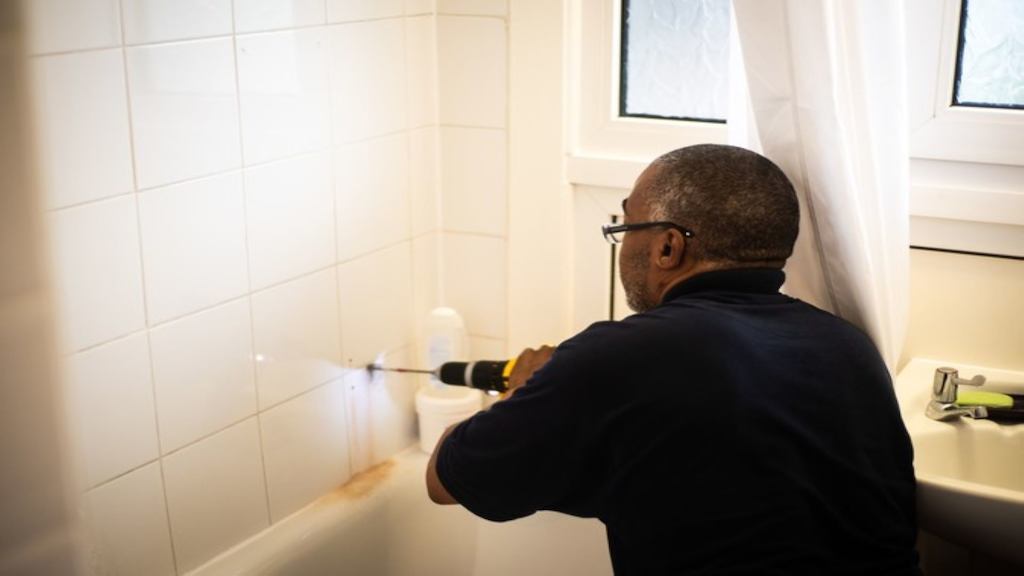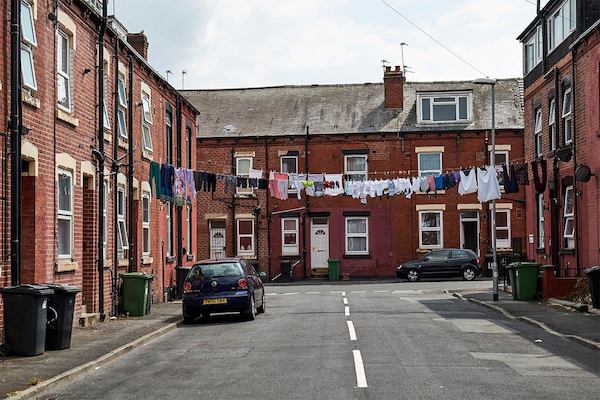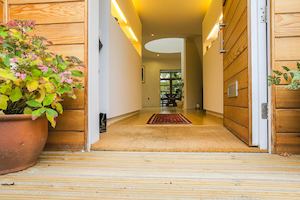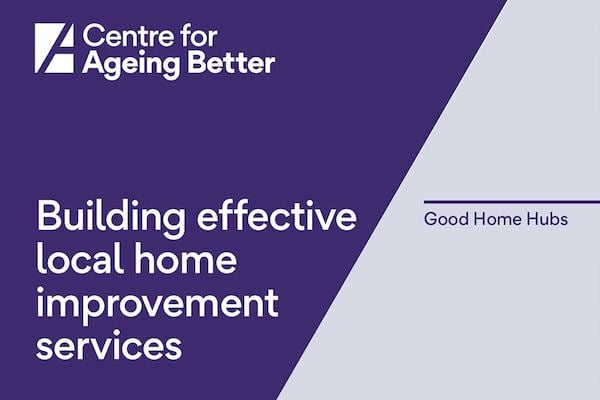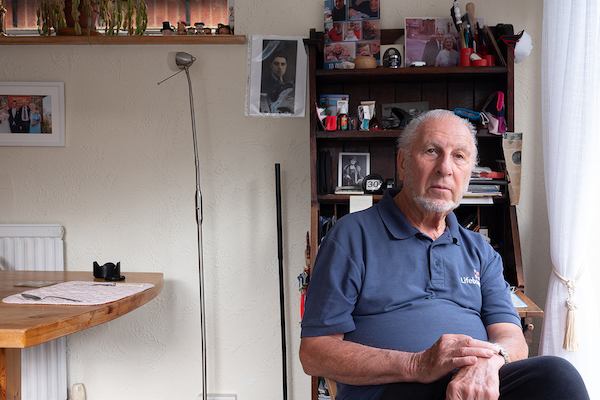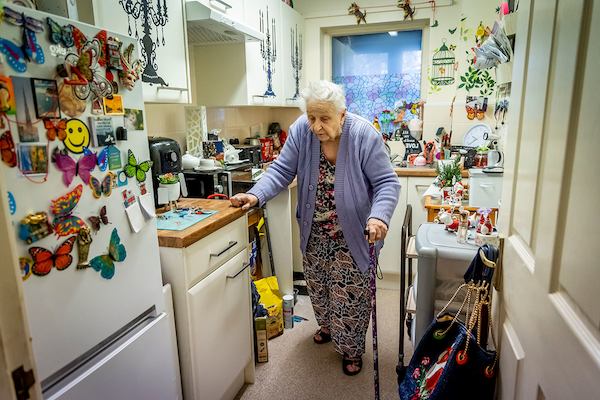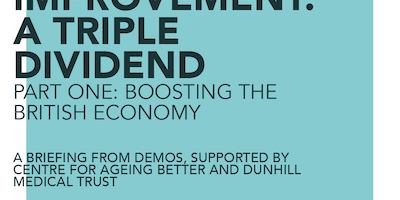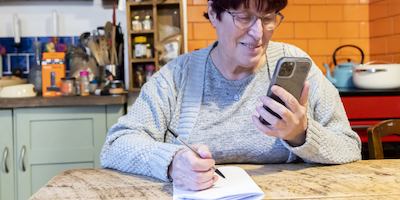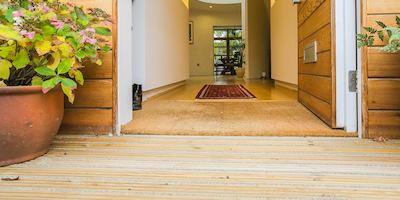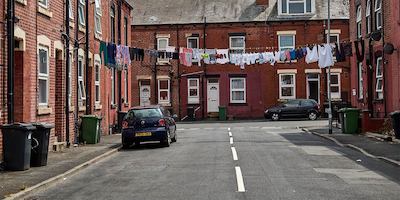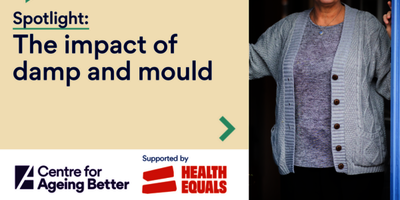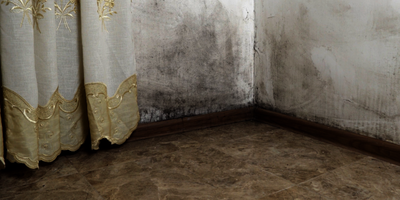In total, £2.3 billion has been cut from national home improvement funding over the past 12 years with more of taxpayers’ money spent maintaining the Houses of Parliament than made available for improvements on England’s 20 million privately rented and owner-occupied homes.
The Centre for Ageing Better has long advocated that the key to improving people's homes is through local, easy-to-use one-stop shops for information and support known as Good Home Hubs. And now we have been able to robustly test this model out and make a difference to people’s lives.
The Lincolnshire Good Home Alliance, a partnership of county and district councils, launched Good Home Lincs to help residents improve their homes. This casework service provides residents with information and advice on home improvement.
In partnership with Ageing Better, the pilot project aims to introduce a new approach to help residents live in healthier homes for longer through the development and implementation of the Good Home Hub model.
Researchers from the London School of Economics and Political Science (LSE) have been commissioned to evaluate the impact of Good Home Lincs. Their interim report presents findings from the first six months of delivery, including measures of its effectiveness, cost-benefit, and implementation process.
Here’s what we’ve found out so far in delivering home improvement support to more than 100 homes:
1) Poor-quality housing is widespread
Many of the homes Good Homes Lincs have encountered are in serious disrepair, in some cases, bordering on derelict. This reflects a wider problem with ageing, poor-quality housing stock in England, where we have the oldest housing stock in Europe.
Almost one in three referrals to the casework service were related to damp and mould. This was followed by heating issues, accounting for more than one in five referrals.
Isolation in rural areas complicates the situation. This can drive up the cost and complexity of repairs, in part due to increased travel expenses for contractors.
Across the region, the need for a service such as Good Home Lincs is clear, with many homes in serious need of repair and maintenance.
2) Money troubles are keeping people trapped in unsafe homes
For a lot of people, the cost of repairs is simply out of reach. Most clients of Good Home Lincs so far have been on low incomes and with limited assets. This likely reflects the focus of the referral partners in the project, who primarily serve lower income households.
The casework team works creatively to secure funding from both public and non-public sources, but the pilot has revealed a clear need for stronger national and local funding mechanisms to improve housing quality.
Research by Centre for Ageing Better estimates that around a quarter of the annual costs of running a Good Home Hub model could be recouped through charging some residents with means to pay for services.
In addition, further research has shown home improvement represents a big economic opportunity for the UK and is a good preventative investment to reduce sizeable public spending in the long run, for example by reducing pressures on health and care services.
3) Home is personal; people need compassionate, hands-on support
The team have found that many clients need significant emotional and logistical support. Whether it’s reassurance, encouragement, or someone to guide them through every step, this kind of intensive casework is proving essential – and shows the real value of the service.
Our homes should be places of safety. When that’s compromised, it can leave us feeling unsettled and vulnerable. Clients of the Good Home Lincs service are often anxious or distressed, and in some cases, this leads to challenging interactions.
This is why a person-led, human approach makes a world of difference. The case work team appreciates the fact that when working in someone's home, you are entering their safe space, and as such the situation must be approached with empathy and dedication.
The work of a Good Home Hub goes far beyond bricks and mortar – it's about restoring dignity and trust whilst helping people feel safe, heard, and hopeful about the future. People found the human-based approach provided by Good Home Lincs transformative and invaluable.
4) Housing issues rarely standalone—they’re often part of a larger, more complex picture
Many of the clients that have been supported by the Good Home Lincs project so far face a complex mix of challenges, both in their homes and their lives. These issues can range from poor mental health, such as depression or anxiety, to physical health problems such as chronic illnesses. Clients may struggle with hoarding or have pressures on their time such as care needs – they may even have care needs themselves.
Every case is unique – and it’s clear that housing support must be integrated with broader health and care services to support people to live safely and as independently as possible.
The outcome of the work from Good Home Lincs has confirmed the huge demand for better home improvement support. It has highlighted just how much of a difference a person-led, holistic service can make to people’s lives.
It has also reemphasised the great challenge of having enough resource to tackle the national crisis in poor quality housing. We are looking forward to Good Home Lincs changing more lives in Lincolnshire and hope to see the adoption of the Good Home Hub model across the country.
The Good Home Network is a learning network managed by the Centre for Ageing Better. It brings together local authorities to make connections, share challenges and drive change to improve the quality of homes. If you are interested in developing a Good Home Hub or joining our Good Home Network, get in touch at [email protected]
